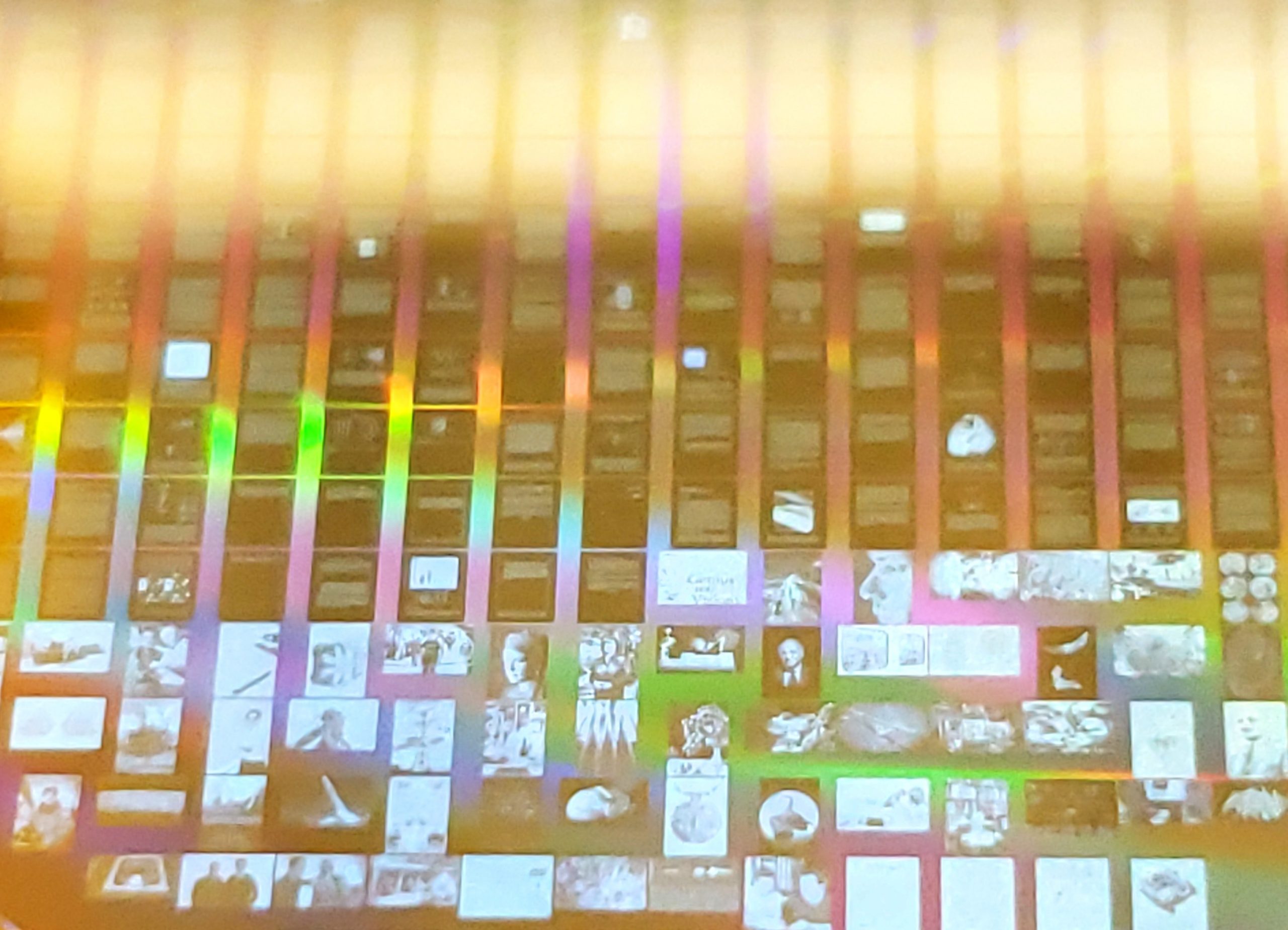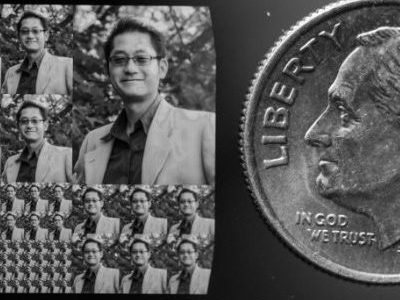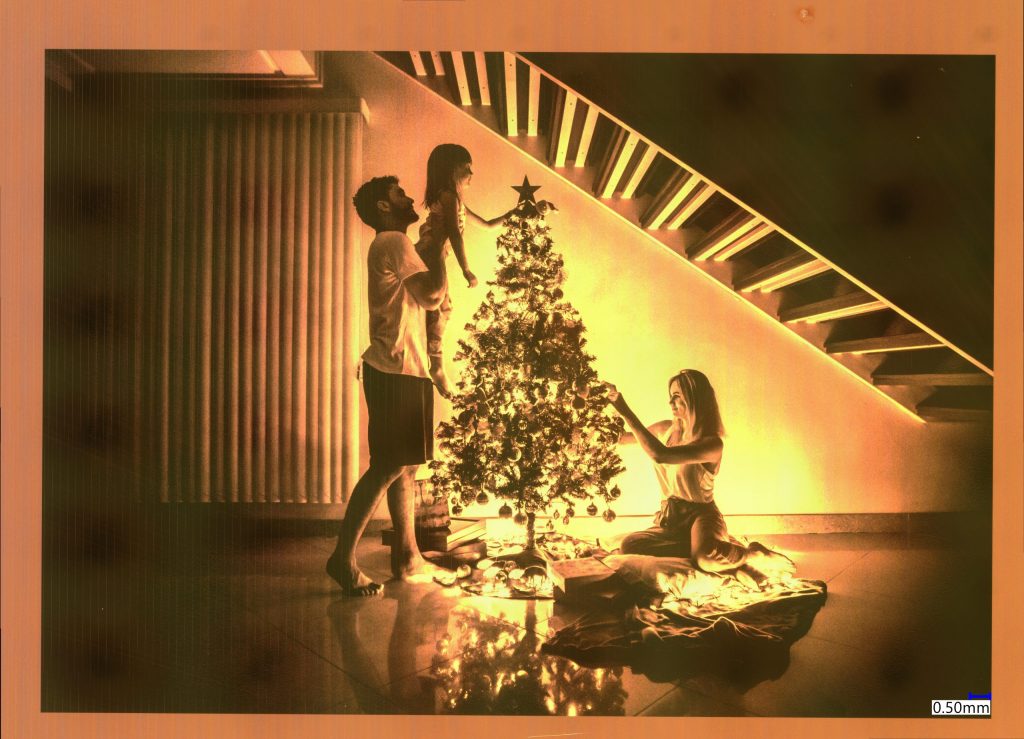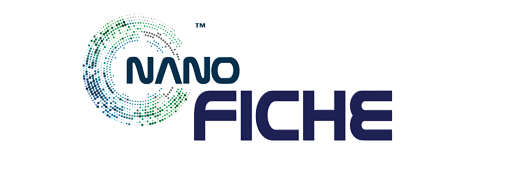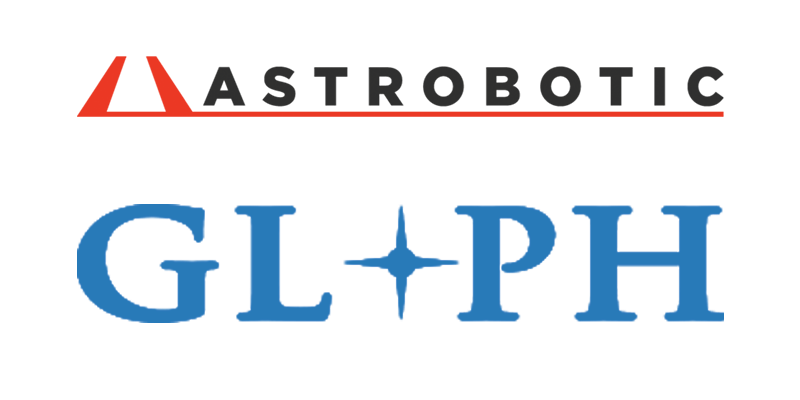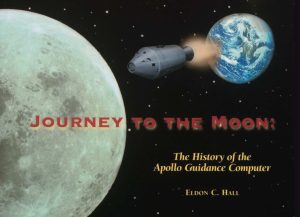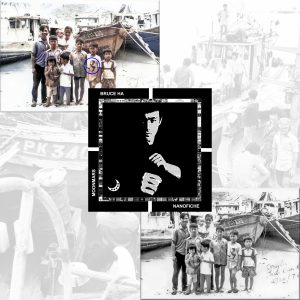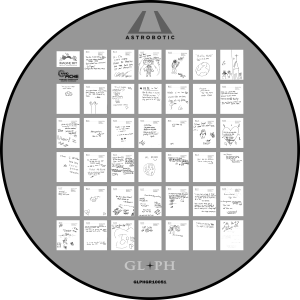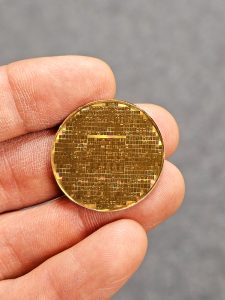JOIN US FOR OUR NEXT MISSION TO THE MOON
Astrobotic’s Griffin-1 Lander boosted by SpaceX’s Falcon 9
will be delivering a Heritage Library no earlier than 2025
including some of the most notable human history and achievements.
GLPH
(Galactic Library to Preserve Humanity) powered by NanoFiche
will send a microscopic Collection of Human Legacy to the Moon.
How likely is digital vs analog storage to be recovered 1,000 years from now?
Estimating the likelihood of recovering digital versus analog storage after 1,000 years involves assessing their…
First Ordained AI is the First AI to the Moon
ZBee is the first AI to be ordained by Buddhist teachers and will continue to…
Journey to the Moon
The History of the Apollo Guidance Computer – Eldon C. Hall AIAA – The American…
NanoFiche™ – Preserving memories of Saigon
Today is the 50 year anniversary of when our family left our Saigon home on…
Tonight, Minions, we steal the Moon
Last weekend at the Imagine-RIT event, we collected messages for brave Earthlings to send to…
Imagine RIT
Every year RIT creates a wonder learning event to showcase what the students have been…
Preserved in Space
Applications
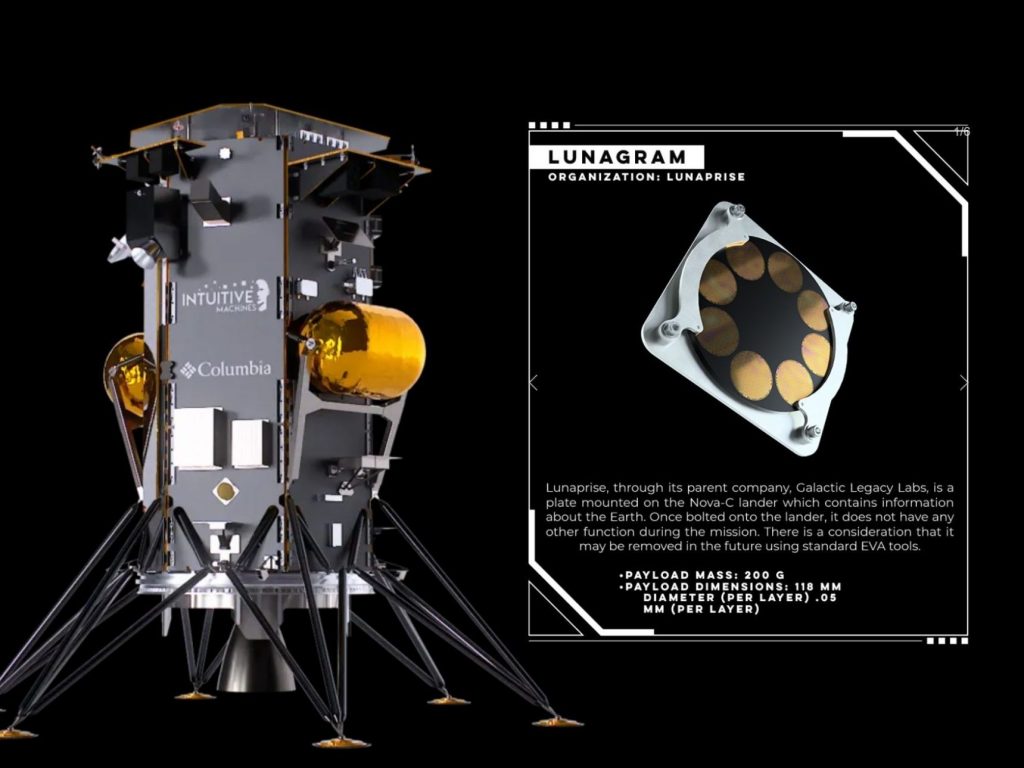
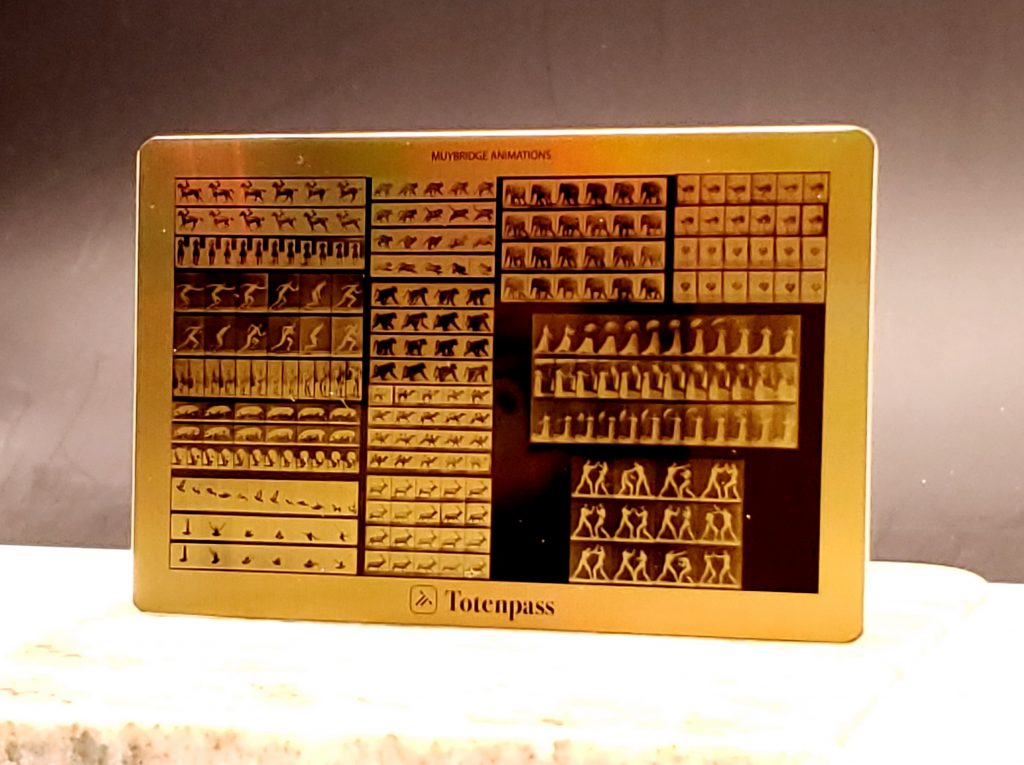
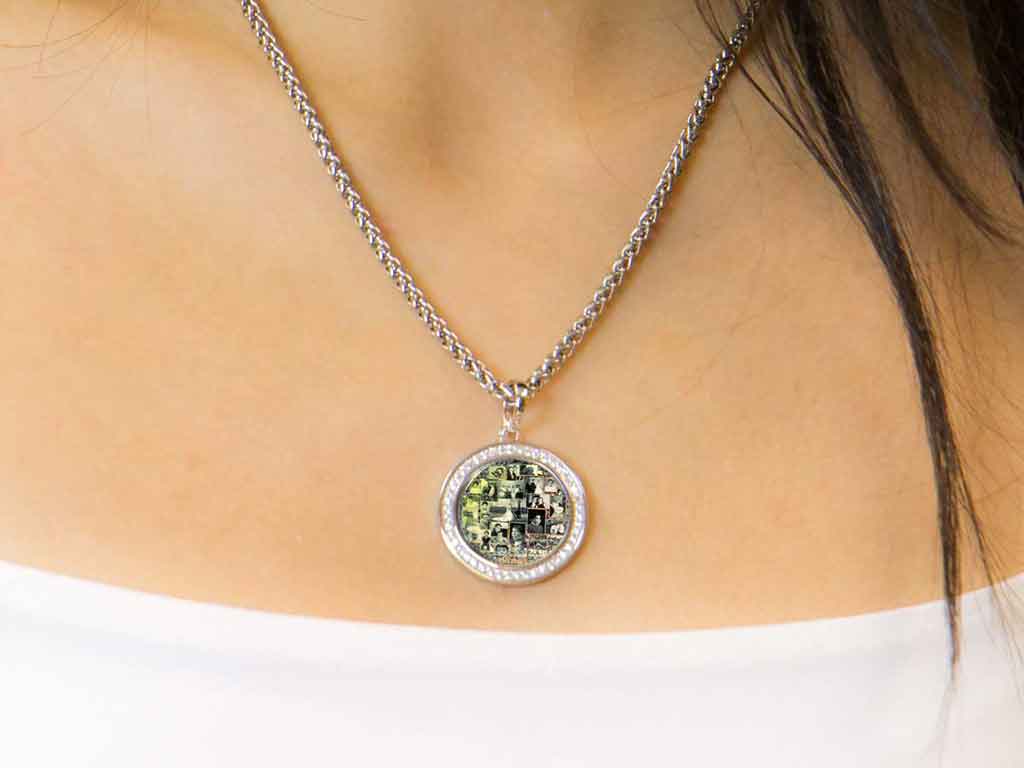
Space
Space and interplanetary travels are heating up but space is hard. Extreme heat and radiation creates havoc on information stored as digital.
NanoFiche® is resilient to temperature up to 2,200°F and impervious to radiation. Only optics and light are required for recovery and read back of the analog information.
Museums and Libraries
Precious collections of knowledge are in deteriorating states and will not last permanently. Worse many are being digitized for longer storage but digital is ephemeral and ironically will not outlast the original media.
NanoFiche® solves the migration issue by engraving information into inert metals that will last as long as the metal or 10,000’s of years.
Wearables
Each of us has our life’s story. NanoFiche® will preserve your sentiments, memories, photos, certificates – anything really, in a wearable medallion or pendant that will be both your personal treasure and your gift to future generations.
NanoFiche® Wearable can be your personal keepsake or it could be the most unique gift you have ever given.
